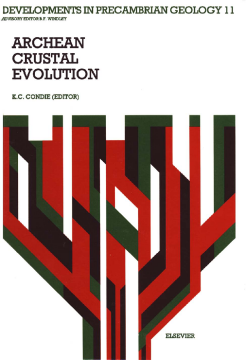
Additional Information
Book Details
Abstract
The integration of Tectonics/Geochemistry, up-to-date reviews by leading scientists as well as a broad topical coverage of the Archean, are some of the features of this particular volume. As geochronology has progressed in the last 20 years, the Archean has continued to attract interest. Advancements in the understanding of Archean crustal and mantle evolution have progressed rapidly since the first International Archean Symposium in Western Australia (1970). The landmark for the Archean was the NATO Advanced Study Institute at Leicester (1975). At this meeting the Archean truly "came of age". Investigators from many different disciplines focused their expertise on the early history of the earth. For the first time, the nature of the atmosphere, oceans, and life during the Archean was an important part of an Archean symposium. During the most recent Archean Symposium in Perth in 1990, there was a shift in interest from field and trace element data to the new rapidly evolving high-precision U/Pb geochronology of Archean rocks and to detailed structural studies of both low and high grade Archean terrains. The terrane concept so widely applied to the Phanerozoic was proposed for the Archean Yilgarn Province in Western Australia and is now widely accepted for the Archean (as evident by the articles in this book). Plate tectonics is now widely accepted as the principal process that controls the history of continents and oceans. There are, though, well substantiated differences between Archean and post-Archean rocks that indicate that Archean tectonic regimes must have differed in some respects from modern ones. The question of how and to what degree did Archean plate tectonics differ from modern plate tectonics is treated in many of the chapters of this book.
Altogether, the editor has presented a selection of articles that provide a fascinating insight into the latest observations in this field.
